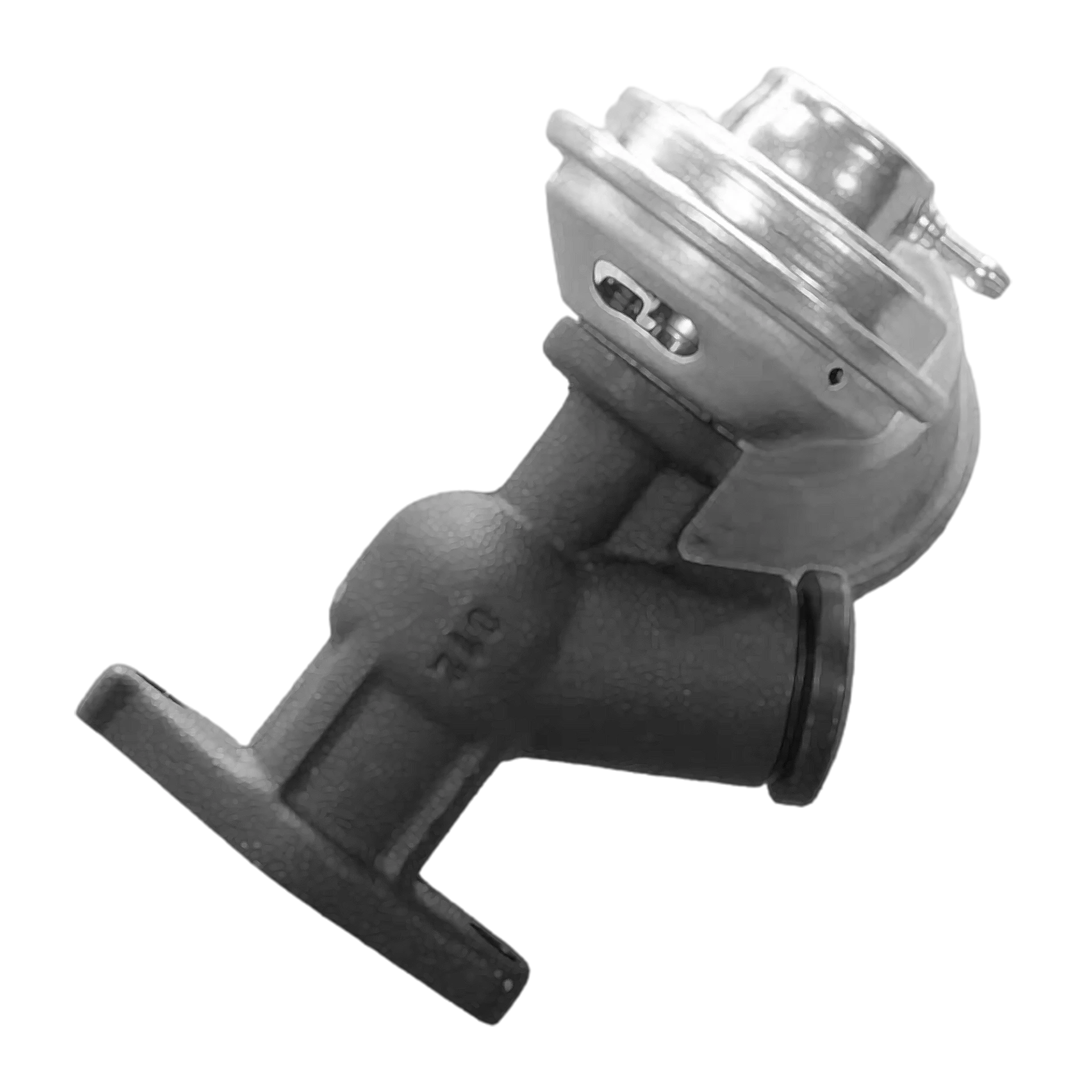If you suspect that the EGR (Exhaust Gas Recirculation) system is plugged, there are a few steps you can take to troubleshoot and potentially resolve the issue:
1. Check for OBD-II error codes: Use an OBD-II scanner to check for any error codes related to the EGR system. This will give you a starting point and help you identify potential issues.
2. Inspect the EGR valve: The EGR valve is responsible for recirculating exhaust gases back into the combustion chamber. Check for any signs of damage or blockage on the EGR valve itself. Clean or replace the valve if necessary.
3. Clean the EGR system: Carbon deposits can build up inside the EGR system, leading to blockages. Use a specialized EGR cleaner to remove any carbon buildup. Disconnect the EGR valve, spray the cleaner into the intake manifold, and let it sit for the recommended time before reconnecting the valve.
4. Inspect related components: Check the EGR vacuum lines, sensors, and solenoids for any damage or blockages. Replace any faulty components as needed.
5. Test the EGR system: After cleaning and inspecting the EGR system, test its functionality. Start the engine and monitor the EGR valve's operation. If it's not functioning properly, check the electrical connections and voltage supply to the valve.
6. Consult a professional: If you're unable to resolve the issue yourself, it may be best to bring your vehicle to a professional mechanic or dealership. They will have the necessary tools and expertise to diagnose and repair any complex EGR system issues.
Remember, if you're not comfortable working on your vehicle or lack the necessary tools, it's always best to seek professional assistance to avoid causing further damage.
